If your pepper plants are wilting, you're not alone. This is often caused by simple issues like improper watering or pests, and most cases can be fixed quickly. Below is a step-by-step guide to diagnose and revive your plants, based on expert gardening advice from university extension services and horticultural studies.
Why Are Pepper Plants Wilting? (Most Common Causes)
Wilting is your plant's distress signal. Here are the top causes, ranked by frequency:
- Underwatering (60% of cases): Peppers need consistent moisture. Dry soil causes leaves to droop and curl.
- Overwatering (25% of cases): Soggy soil suffocates roots, leading to yellowing leaves and root rot.
- Pests (10% of cases): Aphids, spider mites, or thrips feeding on sap cause sudden wilting.
- Disease (5% of cases): Fungal issues like Verticillium wilt or bacterial infections.
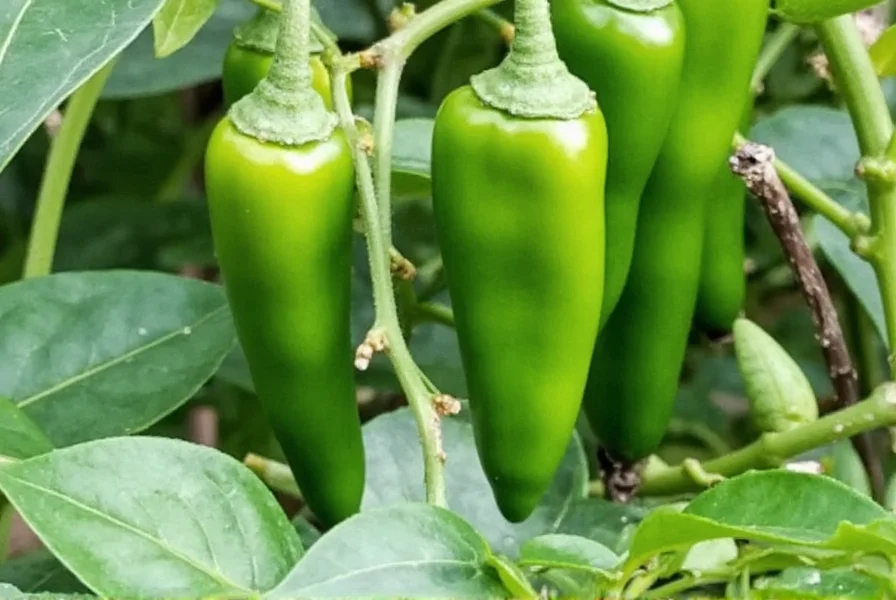
Diagnosis Checklist: Identify the Problem in 5 Minutes
| Symptom | Probable Cause | Immediate Action |
|---|---|---|
| Dry soil, crisp leaves | Underwatering | Water deeply until runoff; check soil moisture daily |
| Yellow leaves + soggy soil | Overwatering | Stop watering; improve drainage; trim rotten roots |
| Wilting + white dots on leaves | Spider mites | Spray with neem oil solution (1 tsp per quart of water) |
| Wilting + brown streaks on stems | Verticillium wilt | Remove infected plants; solarize soil for 4-6 weeks |
| Midday wilting only | Heat stress | Provide afternoon shade; mulch base with 2" organic matter |
Step-by-Step Recovery Guide
- Check soil moisture: Insert finger 2" deep. If dry, water thoroughly until water drains from pot bottom. If wet, stop watering immediately.
- Inspect roots: Gently remove plant from soil. Healthy roots are white and firm; rotting roots are brown/mushy. Trim rotten sections with sterilized shears.
- Treat pests: For aphids/mites, spray entire plant with neem oil solution (mix 1 tsp neem oil + 1 tsp dish soap per quart of water). Repeat every 3 days for 2 weeks.
- Adjust watering schedule: Water only when top 1" of soil is dry. Use a moisture meter for accuracy. In summer, water early morning to reduce evaporation.
- Improve drainage: For potted plants, add perlite to soil (30% mix). For garden beds, create raised beds with 6" of amended soil.
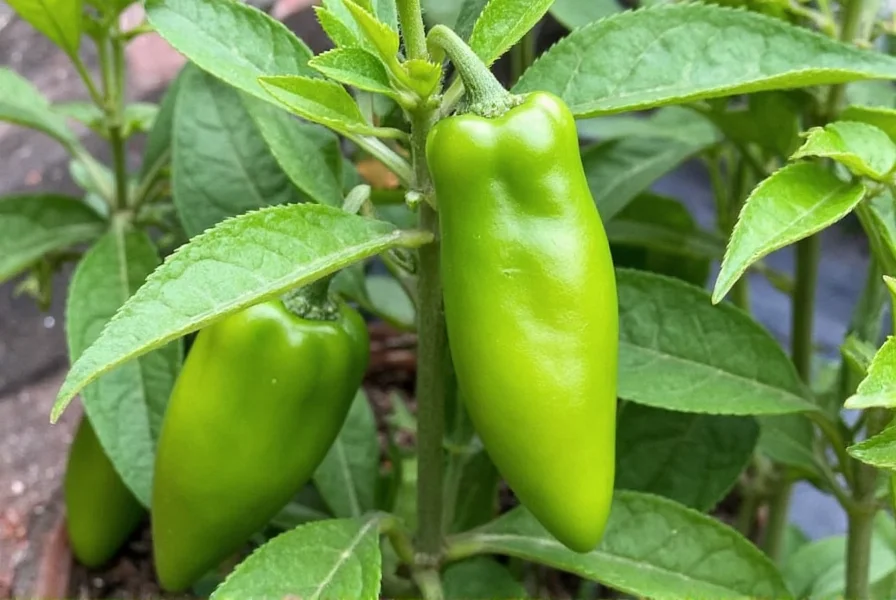
Prevention: Keep Plants Healthy Long-Term
- Soil prep: Use well-draining potting mix with 20% perlite. For garden beds, add compost to improve drainage.
- Watering technique: Water at soil level (not leaves) to prevent fungal diseases. Use drip irrigation for consistent moisture.
- Spacing: Plant peppers 18-24" apart for airflow. Crowded plants increase disease risk.
- Seasonal care: In hot climates (above 90°F), provide 30% shade cloth during peak sun hours.
Expert-Recommended Tools
These tools help prevent wilting through precise monitoring and care:
Soil Moisture Meter
- Why it works: Measures moisture at root level (1-2" depth), eliminating guesswork.
- How to use: Insert probe into soil near plant base. Water only when reading shows "dry" (below 30% moisture).
- Pro tip: Calibrate monthly by checking in a glass of water (should read 100%).
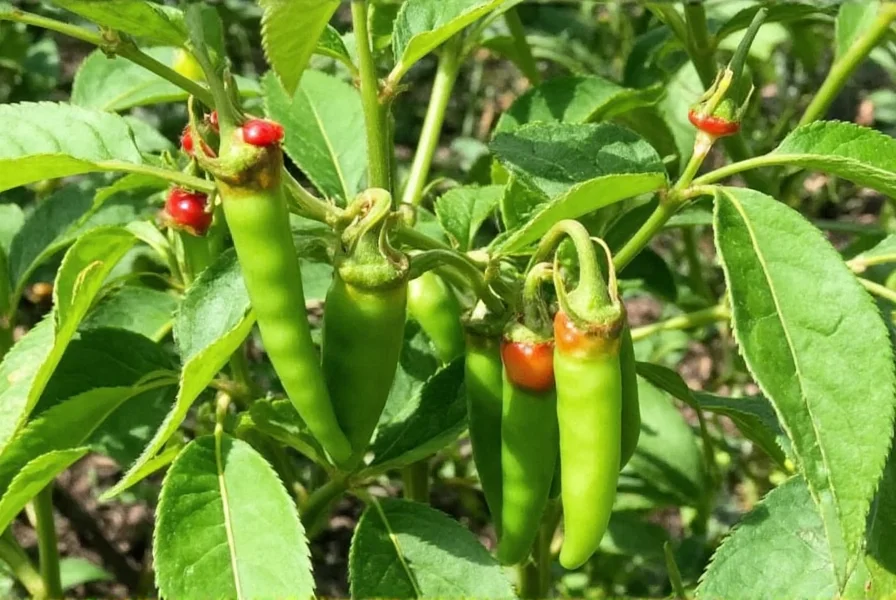
Neem Oil Spray Kit
- Why it works: Organic pesticide approved by USDA for edible crops. Controls 200+ pests and fungal issues.
- How to use: Mix 1 tsp neem oil + 1 tsp dish soap per quart of water. Spray entire plant (including undersides of leaves) at dawn/dusk.
- Pro tip: Apply every 7 days as preventive measure during warm months.
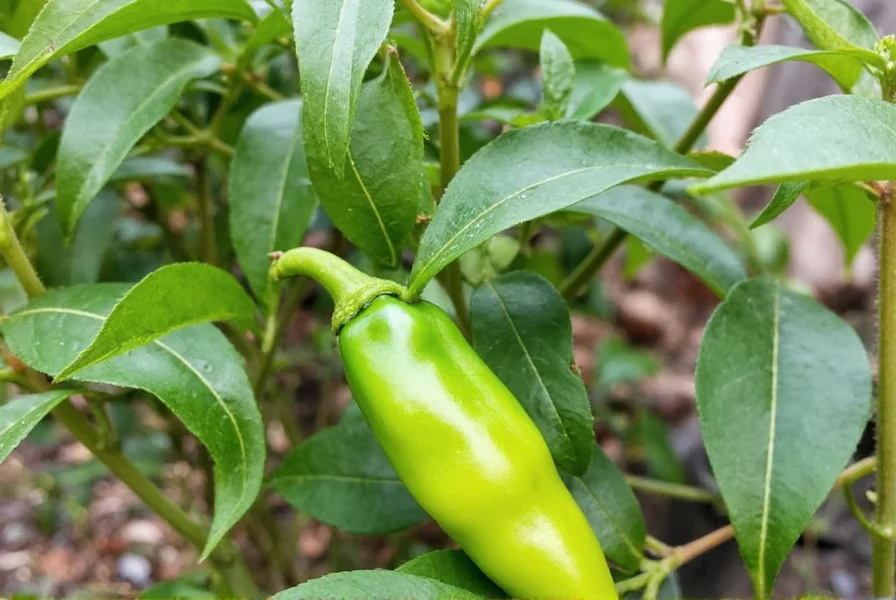
Frequently Asked Questions
How long does it take for a wilted pepper plant to recover?
Recovery time depends on cause:
- Underwatering: 24-48 hours after proper watering
- Overwatering: 3-7 days after drainage improvements
- Pest infestation: 5-10 days with consistent neem oil treatment
- Disease: May not recover; remove infected plants immediately to prevent spread
Can I save pepper plants with root rot?
Yes, if caught early. Trim all brown/mushy roots with sterilized shears, repot in fresh soil with improved drainage, and reduce watering frequency. If more than 50% of roots are rotted, the plant is usually unsalvageable.
Why do pepper plants wilt only in the afternoon?
This is heat stress. Peppers temporarily wilt during peak sun (10 AM-4 PM) but should recover by evening. If wilting persists overnight, it indicates a deeper issue like underwatering or disease. Provide afternoon shade using 30-50% shade cloth during summer months.
Conclusion
Wilting pepper plants are almost always fixable with proper diagnosis and care. The key is identifying the root cause quickly and taking targeted action. For best results, combine soil moisture monitoring with preventive practices like proper spacing and regular pest checks. Remember: consistent care today prevents emergency fixes tomorrow. Your healthy pepper plants will reward you with abundant harvests all season long.
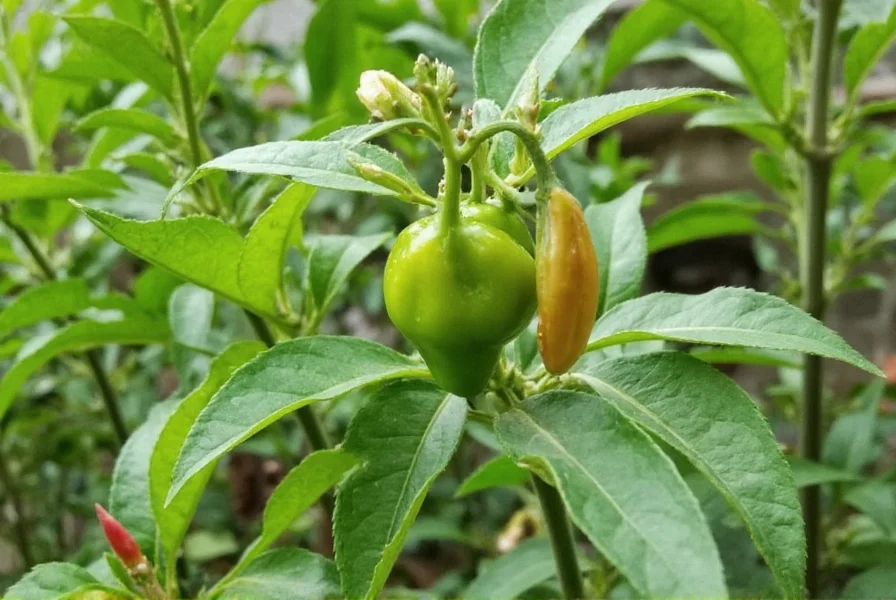

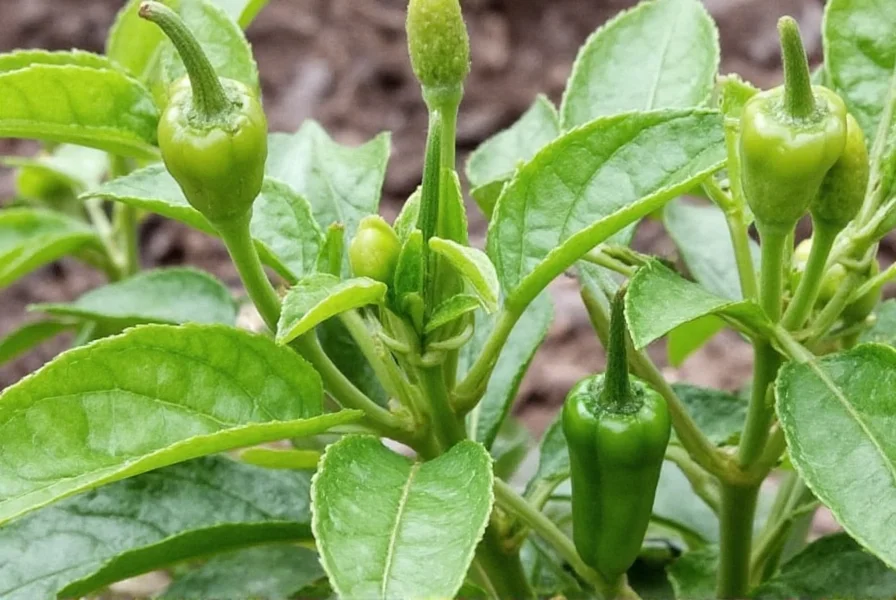









 浙公网安备
33010002000092号
浙公网安备
33010002000092号 浙B2-20120091-4
浙B2-20120091-4